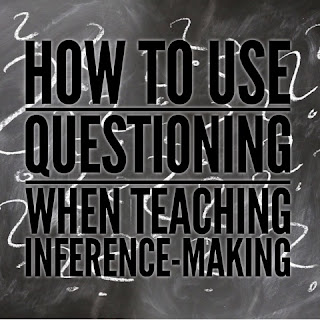As with all good children’s books these days, this isn’t just a straight yarn. ‘Max and the Millions’ by Ross Montgomery begins by introducing one of the unlikely heroes of the story - a school caretaker with more than just a knack for building intricate models of anything and everything. Next we meet Mr Pitt the typically unlikeable headmaster. And then we encounter the story’s other (full-size) hero: Max, who is hiding in a cupboard. Max loves making models; he’s also deaf. This representation of a ‘minority group’ is important in children’s literature. Montgomery writes sensitively and convincingly about the trials a deaf child might face making this an important lesson in empathy for young readers.
Although this is a story about how a warring society of magically created microscopic people are rescued by a seemingly improbable pair of pre-teen boys and a hoard of pony-obsessed 5 year old girls on a sugar-bender, it is also a story about friendship, fitting in, integrity and small things mattering. Whilst Lower Key Stage 2 children will enjoy the miniature adventures of King Luke and his trusty flea as he fights the Bin King and the Red Queen, they will also be caused to think about how first impressions don’t always count, how kindness and selflessness are key characteristics to develop in oneself and how forgiveness is an essential ingredient for peace and friendship.
The story’s absolute highlight comes when (slight spoiler alert) the tiny Luke becomes king of the united people of The Floor (the minute kingdom the small people inhabit). The power goes to his head and, despite his friend Ivy’s warnings, he forgets the golden rule: do unto others as you would have them do unto you with disastrous consequences. Even if no other part of the book is used as a talking point between adults and children, this part should be; it opens up a safe space in which to discuss politics and has parallels to current situations that are playing out on the world stage. The headmaster’s despotic antics throughout the book also provide opportunities to discuss similar issues.
This well-written book is a great choice for parents and teachers of children who have expressed interest in world affairs but who might be too young to fully understand the complexities and unpleasant details of the situations. It’s also recommended for fans of stories such as Terry Pratchett’s The Carpet People stories – those young but capable readers who are quite at home in stories with impossibly fantastical settings.
Although this is a story about how a warring society of magically created microscopic people are rescued by a seemingly improbable pair of pre-teen boys and a hoard of pony-obsessed 5 year old girls on a sugar-bender, it is also a story about friendship, fitting in, integrity and small things mattering. Whilst Lower Key Stage 2 children will enjoy the miniature adventures of King Luke and his trusty flea as he fights the Bin King and the Red Queen, they will also be caused to think about how first impressions don’t always count, how kindness and selflessness are key characteristics to develop in oneself and how forgiveness is an essential ingredient for peace and friendship.
The story’s absolute highlight comes when (slight spoiler alert) the tiny Luke becomes king of the united people of The Floor (the minute kingdom the small people inhabit). The power goes to his head and, despite his friend Ivy’s warnings, he forgets the golden rule: do unto others as you would have them do unto you with disastrous consequences. Even if no other part of the book is used as a talking point between adults and children, this part should be; it opens up a safe space in which to discuss politics and has parallels to current situations that are playing out on the world stage. The headmaster’s despotic antics throughout the book also provide opportunities to discuss similar issues.
This well-written book is a great choice for parents and teachers of children who have expressed interest in world affairs but who might be too young to fully understand the complexities and unpleasant details of the situations. It’s also recommended for fans of stories such as Terry Pratchett’s The Carpet People stories – those young but capable readers who are quite at home in stories with impossibly fantastical settings.



























